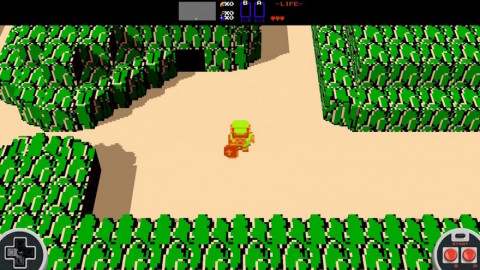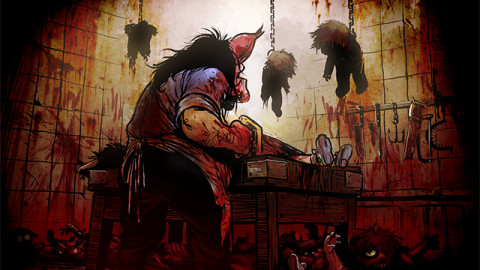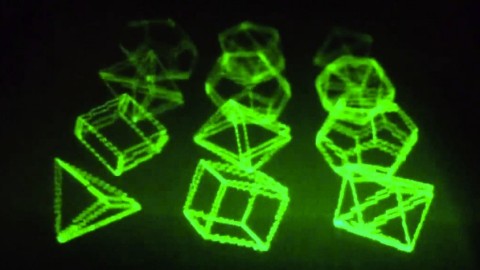
Artists are turning to voxels to make the familiar feel new
On February 21, 1986, Nintendo’s The Legend of Zelda was first released in Japan. This week, to celebrate the game’s 30th anniversary, series fans Scott Liniger and Mike McGee took to browser to release a complete 3D remake of the first game titled The Legend of Zelda: 30 Year Tribute. Unfortunately, Nintendo has since pulled the project, but what’s notable about it is how it used voxels to make the familiar world of a decades-old game feel new again. Short for “volumetric pixels,” voxels are an oft-forgotten method of rendering 3D worlds that have nonetheless been making a comeback as…




